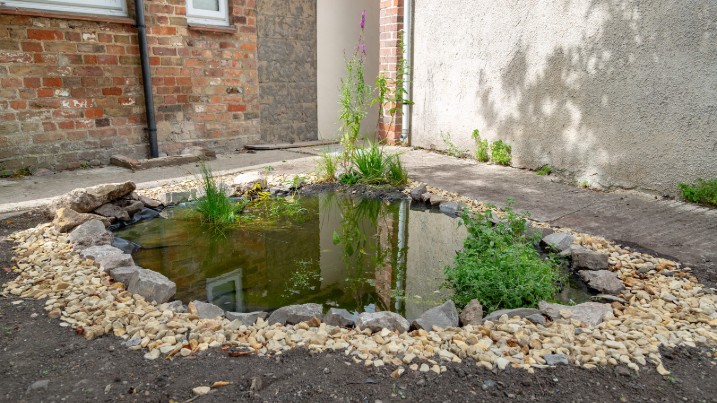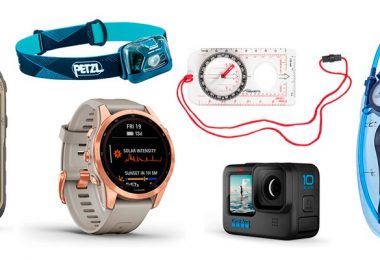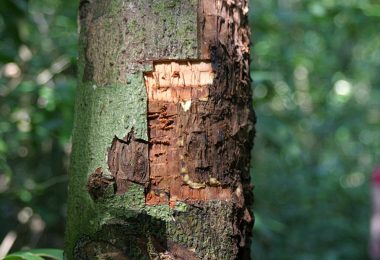
An organic garden needs wildlife to control pests, and a wildlife pond is organic gardening with an attractive side-effect! Ornamental fish do not belong in a wildlife pond – their waste is toxic to some of the other wildlife and goldfish for instance eat dragonfly eggs, toad eggs and other welcome visitors.
Planning the Wildlife Pond
The first stage is planning, both scale and where to put it. Do not site it over cables or other services. Most pond plants and fauna prefer sun and warmer water so avoid too much shade. However, if the pond is small (2m x 2m or less) then a sunny location will mean greater evaporation. The pond should have a shallow gradient on one side to allow birds to drink safely and creatures like hedgehogs that may fall in at least some change to get out. The deepest part of the pond should ideally be at least 60 cm. The profile should be curved, with a range of depths. Most of the wildlife occupies the shallower parts but the depth is needed to give an ice-free refuge in winter. Check available widths of pond liner before committing to this stage. Choosing a readily available size will make the best use of the liner. As a rule of thumb the length of the liner is the length of the pond plus twice the maximum depth of the pond.
Digging and Levelling the Pond
Once the size and location are determined it is time to lay out the outline with rope, and start digging. Two people can dig a small pond about 2m x 2m and about 80cm deep in a day. If something larger is planned then getting a group of friends together for a pond digging party will make things easier, or alternatively if a vehicle can be got onto site then a digger can be hired. If the site is not level then some of the spoil from the hole can be used to build up the low side, otherwise it needs to be spread in the rest of the garden. For a cheap and easy level a length of translucent garden hose can be used in a U shape inside the pond hole. Filled with water to the level of the ground on one side, the water will find the same level on the other. In this way even a large pond can be levelled without the fuss of laser levels and the like.
Digging by hand is hard work, particularly in heavy soils. It can be done using a spade, though a mattock or pickaxe makes it a lot easier to break up compacted soil.
Lining the Pond
Butyl or PVC pond liner is the easiest way to make the pond waterproof. Remove sharp stones from the hole and use about a 5cm layer of sand to further protect the liner – for a small pond old newspaper can serve instead. Lay the liner over the hole ensuring enough overlap on the edges and fill the pond with water, which will settle the liner. Leave this to settle overnight, and then weight down the edges with slabs.
To finish off, either cut a slit in the earth about 4cm below the waterline and tuck the excess liner into the slit so made, or use slabs, but if slabs are used then a ramp allowing creatures to access the pond is needed.






purchase enclomiphene buy in the uk
get enclomiphene price on prescription
kamagra pharmacie canadienne de soins de santé
medicament kamagra sens prescrire
how to buy androxal american express
discount androxal generic androxal
purchase flexeril cyclobenzaprine purchase from canada
discount flexeril cyclobenzaprine generic good
get dutasteride generic south africa
purchase dutasteride generic ireland
how to buy gabapentin canada how to buy
buy gabapentin cheap australia
ordering fildena australia where to buy
order fildena buy online no prescription
buy itraconazole price uk
order itraconazole
how to buy staxyn american express canada
how to order staxyn buy online australia
ordering avodart generic drug india
cheapest buy avodart cost on prescription
cheap rifaximin buy hong kong
order rifaximin singapore where to buy
buying xifaxan cost at walmart
xifaxan online in australia
generické kanadské lékárny kamagra
koupit kamagra nový zéland